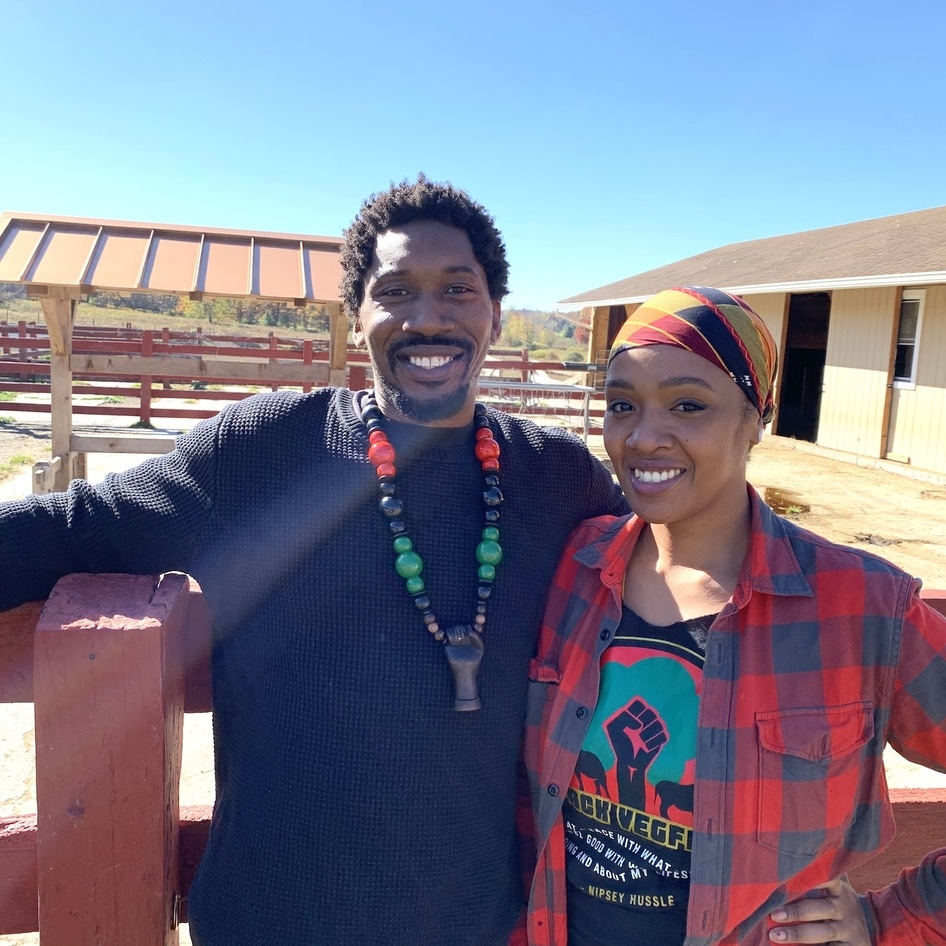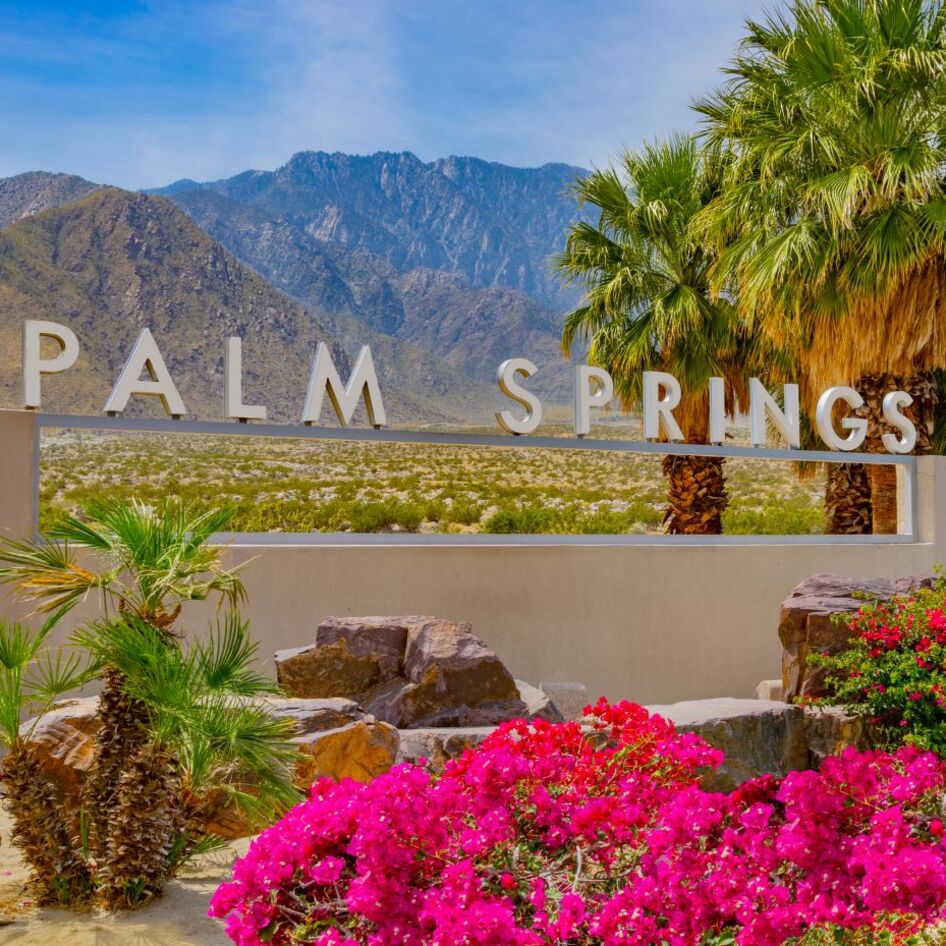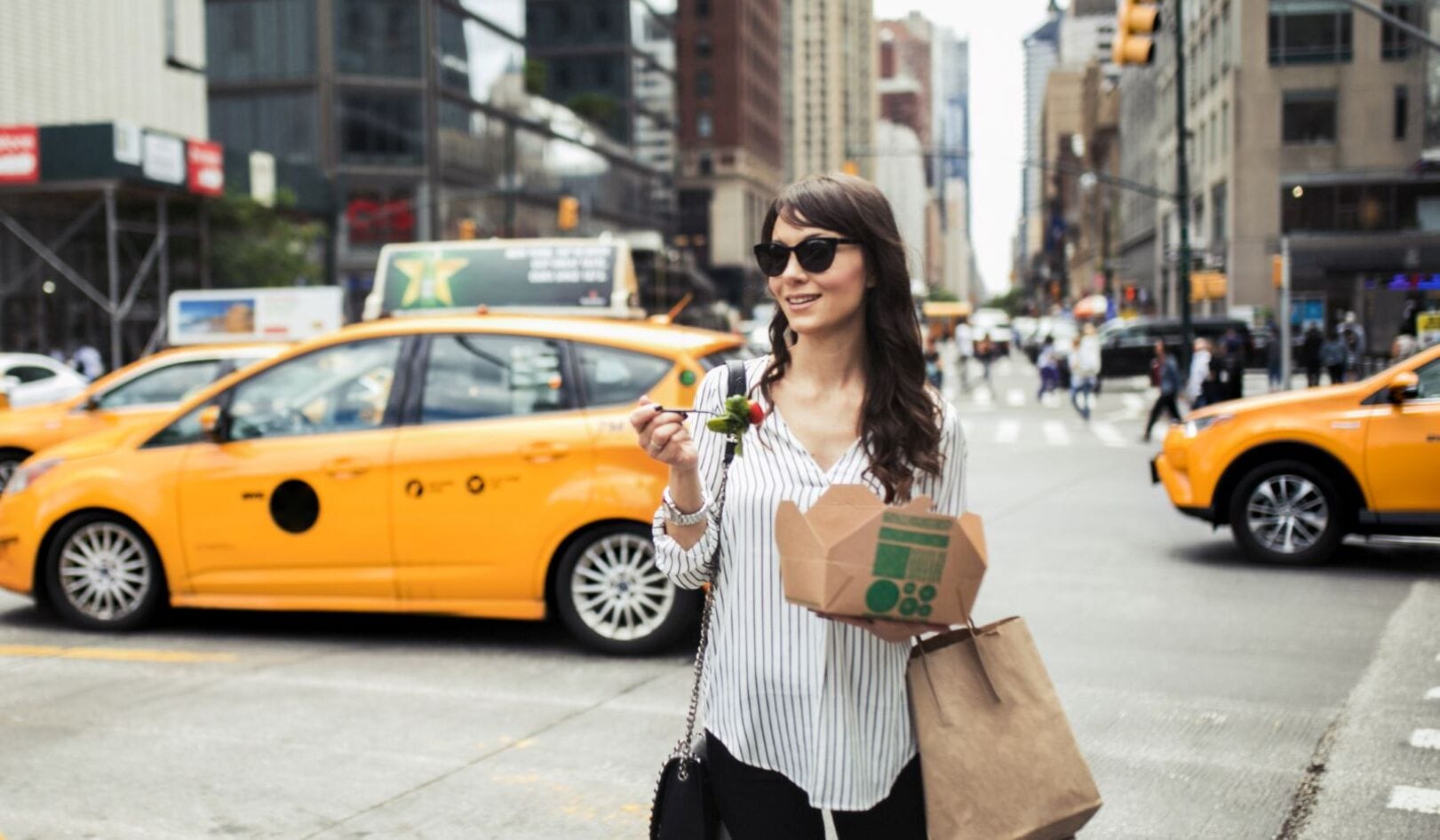Urban Reforestation 101
There’s no better time than Arbor Day to join your neighbors for urban tree planting.
May 9, 2010
City-dwelling environmentalists across the country are building urban-reforestation coalitions, or arborist-activist groups committed to greening concrete jungles. With Arbor Day fast approaching—a 138-year-old tree-appreciation day—this is the perfect occasion to revisit some of the positive effects of urban reforesting.
Trees, Please
The benefits of trees in urban areas extend from civic pride to personal wellness. Beautification is an obvious boon—brilliant colors supplant an otherwise gray wasteland—but that’s only the beginning. Urban foresting helps conceal visual pollution like bright streetlights, telephone poles, and parked cars. Because trees promote a pleasant pedestrian environment, folks are likelier to feel civic pride and a stronger sense of collective ownership of the streets. This fosters an increased communal desire to dispose of trash and recyclables in the proper receptacles, sweep the sidewalk in front of one’s stoop, and keep the streets safe.
Carbon monoxide and other noxious gasses from tailpipe emissions pose a real public health concern, and trees planted in urban areas clean up the ozone. Trees also help protect pedestrians from rain and provide shade from the sun, while muffling urban noise. What’s more, the Urban Forest Ecosystems Institute (UFEI) estimates that shade from urban trees can decrease household and business energy bills between 15 and 35 percent. Kathleen Wolf, MD, a University of Washington environmental psychologist and US Forest Service appointee, has conducted research indicating that trees have a calming and healing effect that engenders psychological health and positive public behavior.
Local businesses also thrive under urban tree canopies. According to studies conducted by Dr. Wolf’s research team, greenery attracts shoppers and spurs economic growth-people are more likely to spend time milling about and leisurely browsing. Given Main Street competition with corporate-dominated markets, trees give local business owners a boost. For every $100 in consumer spending at local businesses, $45 remains in the community—compared with 13 percent when shopping at retail chains—stimulating overall municipal economic growth, according to Stay Local!. Furthermore, businesses and homes on tree-lined streets stand to benefit from property-value increases of up to 10 percent, according to the United States Forest Services.
Increased property value translates into a larger tax base, which can funnel more money into the local government for public works projects such as park and road maintenance. Trees’ benefits on city government go even further—they absorb precipitation, minimizing runoff and urban flooding, and tree shade protects concrete sidewalks. According to the UFEI, trees lengthen the life of concrete surfaces by 40 to 60 percent by reducing concrete’s expansion and contraction to accommodate temperature differences between day and night.
Plant It
Urban reforestation organizations exist across the US—groups such as Friends of the Urban Forest in San Francisco and the nationally sweeping Urban Forest Project, which has groups around the country. These nonprofits educate the public about how vital trees are to urban landscapes, host tree-planting parties, and teach citizens how they can make a difference themselves. This Arbor Day, do your city a favor and learn how you can contribute to tree-planting efforts.
JUMP TO ... Latest News | Recipes | Guides | Health | Subscribe







